
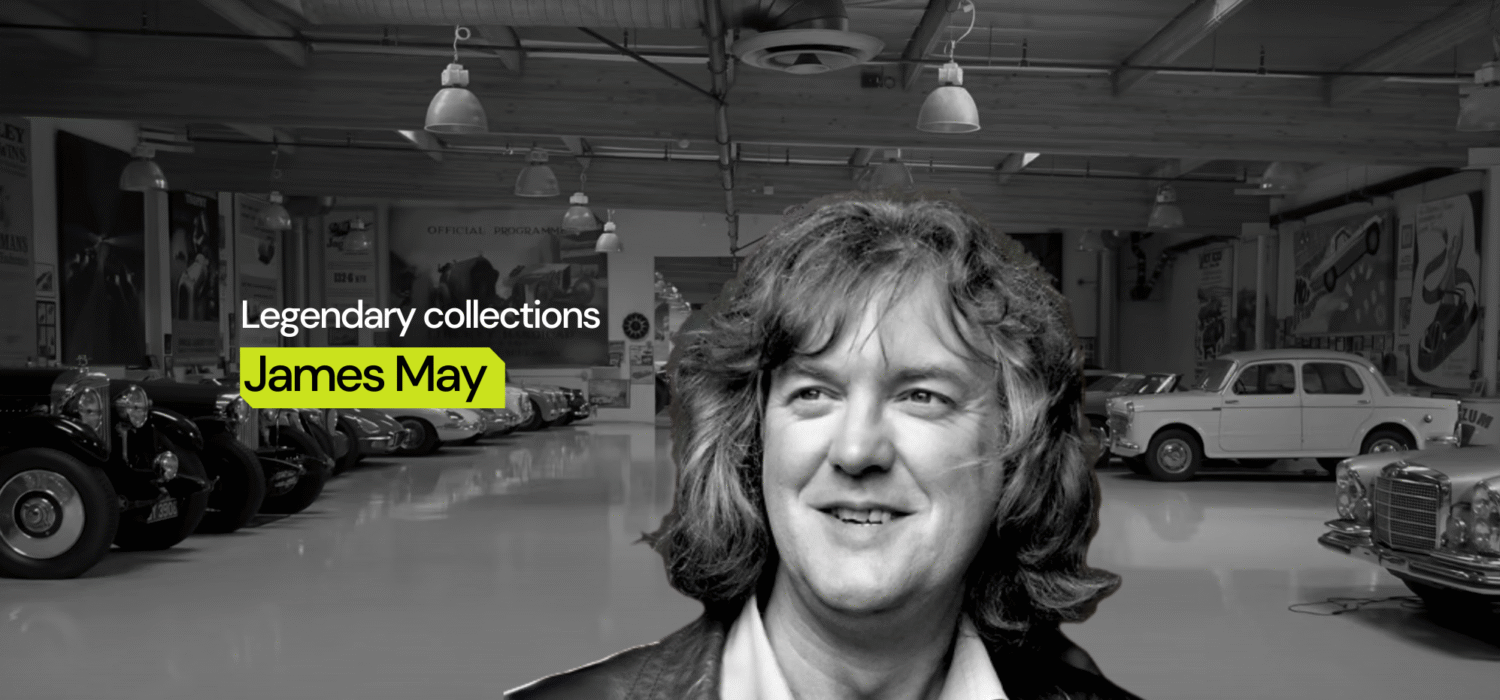
James May Car Collection – A Unique British Treasure
James May is known to millions as “Captain Slow,” but his car collection proves that his love for automobiles is anything but dull. While he may be cautious behind the wheel compared to his former co-hosts Jeremy Clarkson and Richard Hammond, his choices in what to own reveal a man deeply interested in history, engineering, and character. For car collectors and enthusiasts, his garage is a case study in how passion, personality, and value converge. His collection is not simply about the flashiest machines; it is about stories, engineering quirks, and preserving pieces of automotive history.
Why James May Collects Cars
Understanding why James May collects cars is more important than listing the models he owns. For him, cars are not just modes of transport or status symbols; they are cultural artefacts and mechanical works of art. He has often said that cars tell stories. Some are about technological progress, others about changing tastes in society, and still others about failures and oddities that deserve to be remembered. His appreciation goes beyond horsepower figures and prestige badges. He values authenticity, character, and honesty. This explains why his garage is so diverse, ranging from the humblest Fiat Panda to highly valuable Ferraris.
James May also collects because of emotion rather than pure investment. Many celebrity car collectors focus exclusively on prestige models or rare hypercars. May, however, seems equally delighted by an old Saab as he is by a six-figure Ferrari. This attitude sets him apart from the stereotype of the “celebrity car guy” and makes his collection especially interesting to study. He wants to drive his cars, not just look at them in a climate-controlled vault. And unlike some collectors, he sees no shame in enjoying a car that others might consider ordinary.
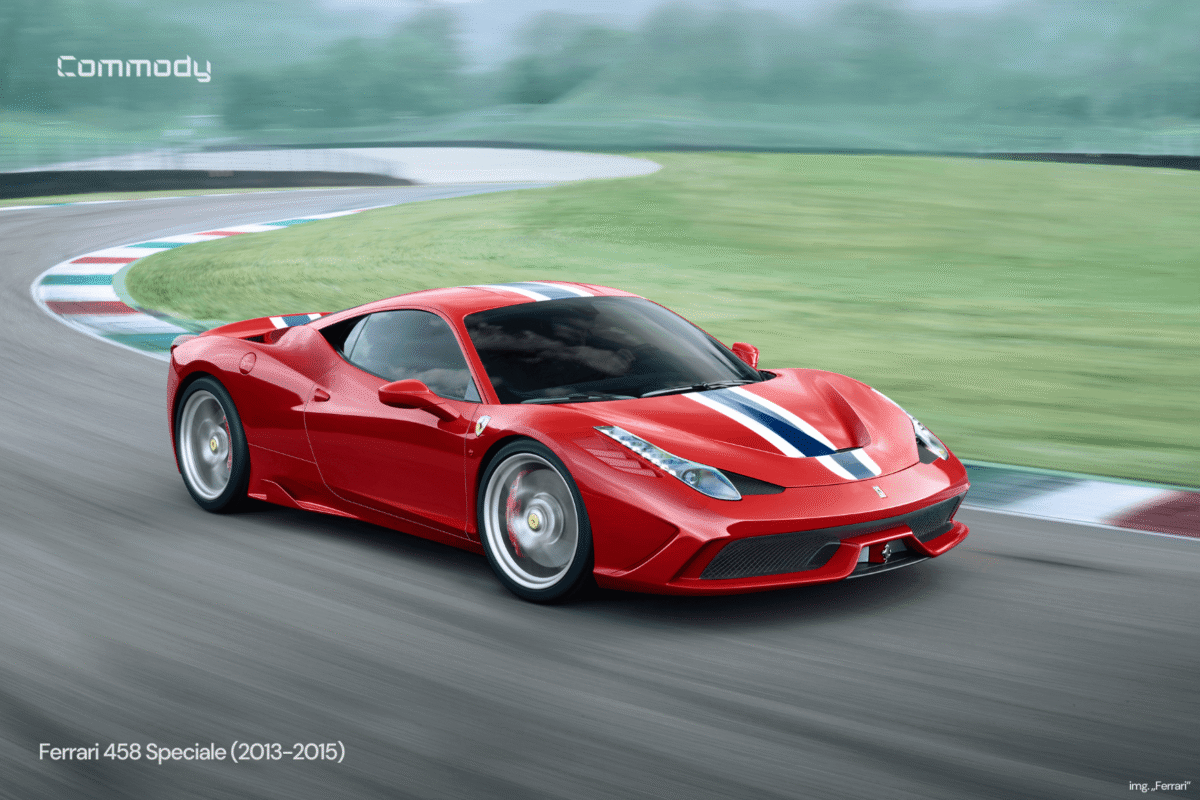
The Most Unique Cars in His Garage
When speaking of James May’s collection, the car most often mentioned is his Ferrari 458 Speciale. This is not just any Speciale; it is the very last one built by Ferrari. At the time, order books had closed, but May managed to secure one final build. He chose his own specification with dark blue paint, gold wheels, racing stripes, and additional Alcantara trim inside. He also ticked options like a nose-lift system, SatNav, and a reversing camera. The result is not only a beautiful car but a historically significant one: the last naturally aspirated, mid-engine Ferrari V8 of its line, custom-built for a man who truly cared. It was a playful twist of fate: the man nicknamed “Captain Slow” managed to secure the final example of one of Ferrari’s most focused and aggressive cars. Collectors know that values for these cars are already very strong. For example, RM Sotheby’s recently sold a 2015 Ferrari 458 Speciale for $786,000 (approximately €670K), while other auction results often hover in the €550-600K range depending on mileage and condition. May’s car, as the last produced, would likely sit at the very top of that spectrum.
Before the Speciale, May already owned a Ferrari F430 and a Ferrari 458 Italia. Both cars remain attractive in the market, with F430s today regularly selling for €120K-160K in good condition, and 458 Italias often exceeding €170K. Together, they show how he gradually deepened his relationship with Maranello, moving from admired ownership to commissioning something unique.
At the opposite end of the spectrum lies the Fiat Panda, perhaps the most famous “ordinary” car in his garage. May has long praised the Panda as one of the greatest cars ever built, not because it is fast or luxurious, but because of its honesty, utility, and charm. Clarkson once called it a “shopping trolley,” but for May, it represents the joy of driving without pretension. While a Panda is unlikely to ever reach Ferrari-level prices, well-kept early models can already fetch over €10,000 at European auctions – proof that even humble cars can gain collector interest.
Another car worth mentioning is his Saab 9-5 Aero. Saab, with its aviation-inspired engineering and quirky design philosophy, fits perfectly with May’s affection for cars that stand slightly outside mainstream taste. Today, 9-5 Aeros in excellent condition trade hands for around €15K-20K, but their symbolic value is far greater. Owning one is a statement about individuality and appreciation for a brand that no longer exists.
May also owns a Bentley T2 and a Rolls-Royce Corniche from 1971, both examples of stately British luxury. These cars highlight his respect for craftsmanship and tradition. They may not excite with raw performance, but they exude character and style. Rolls-Royce Corniches have recently sold for between €30K and €60K, with pristine convertibles climbing higher. A well-kept Bentley T2 can bring in around €30K-45K depending on provenance. Alongside them, a Rolls-Royce Phantom is part of his collection, a model where values vary but often exceed €120K for the best examples.

Other cars include a Triumph 2000, a Rover P6, an Alfa Romeo 164, a Vauxhall Cavalier Mk1, and a Datsun 120Y. These may not command huge sums at auction, but they are increasingly recognized as classics. A mint condition Rover P6 has crossed the €20K mark at UK auctions, while clean examples of the humble Datsun 120Y (also known as the Sunny) have reached €12K-15K, far beyond what anyone expected a decade ago.
Then there are his modern choices. May owns a BMW i3, a Tesla Model S, and two generations of Toyota Mirai hydrogen cars. These purchases underline his interest in alternative propulsion and future engineering. The Tesla Model S, particularly performance versions like the 100D, still holds value around €40K-60K in today’s used market, while the BMW i3’s collectible potential is rising as production has ended. Collectors who think ahead know that early electric cars may one day be as interesting to own as a first-series Volkswagen Golf GTI.
Finally, one of his most unusual possessions is the Volkswagen Beetle-based beach buggy restored from The Grand Tour special “The Beach Buggy Boys.” Although it was built to tackle sand, May rarely drives it in such conditions, preferring to keep its finish intact. Here, value is less about the car itself and more about provenance. A standard beach buggy might be worth €15K-20K, but one tied to television history is far more desirable to enthusiasts of the show.

Funny Stories
James May’s garage also comes with humour. Perhaps the best-known story is his affection for the Fiat Panda, which his colleagues mocked mercilessly. Clarkson once called it a “shopping trolley,” but May defended it with passion. To him, the Panda was proof that greatness in cars is not about 0 to 100 times but about how well a car fulfills its purpose. The humour here is that, even surrounded by Ferraris and Rolls-Royces, May still argued that a humble Fiat might be the best car in the world.
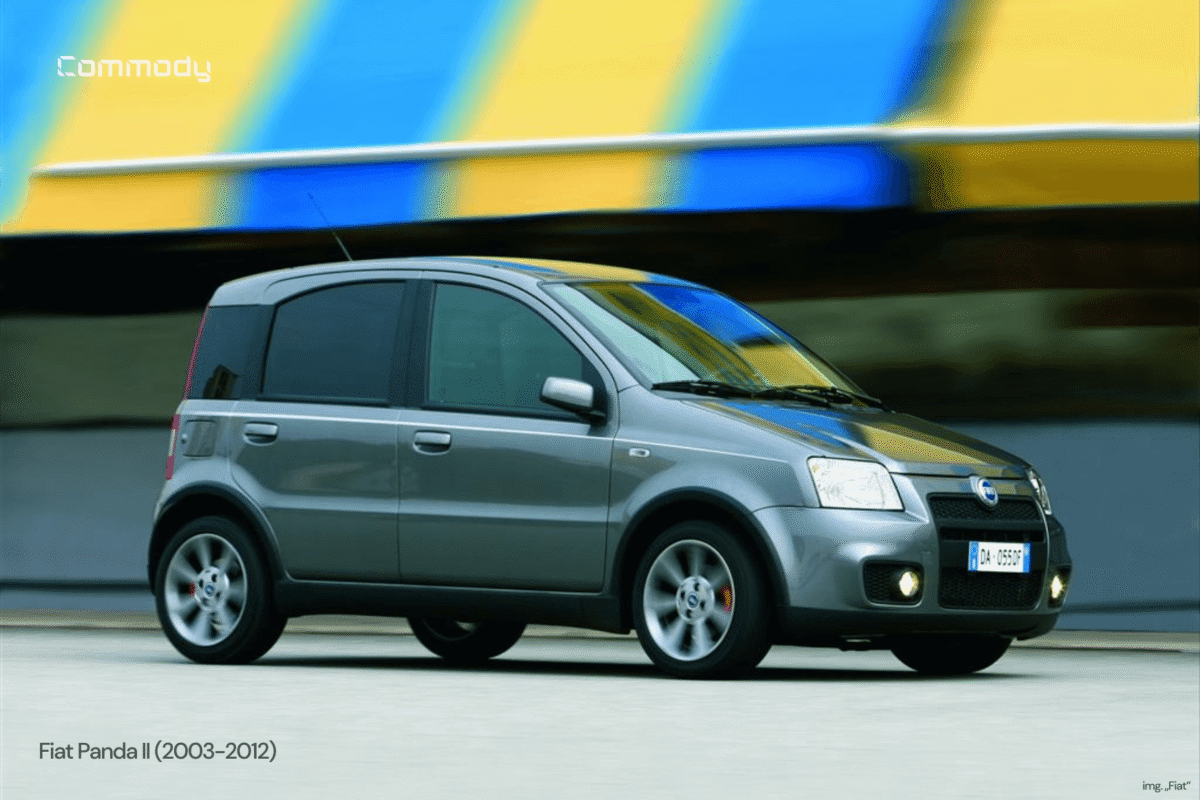
Estimated Value of the Collection
Putting all of this together, James May’s collection likely runs into the low millions of pounds. His Ferrari 458 Speciale alone could be close to £600,000–£700,000, possibly more given its unique status. The F430 and 458 Italia add another £400,000–£500,000 combined. His Rolls-Royce Corniche and Phantom could together be worth £150,000 or more. The Bentley T2 might add £30,000–40,000, while his more modest classics collectively could contribute £50,000–100,000. Even his “ordinary” Panda or Cavalier models are now worth more than once expected.
While some celebrity garages with hypercars might dwarf this figure, the mix of rarity, history, and charm makes May’s collection priceless in its own way.
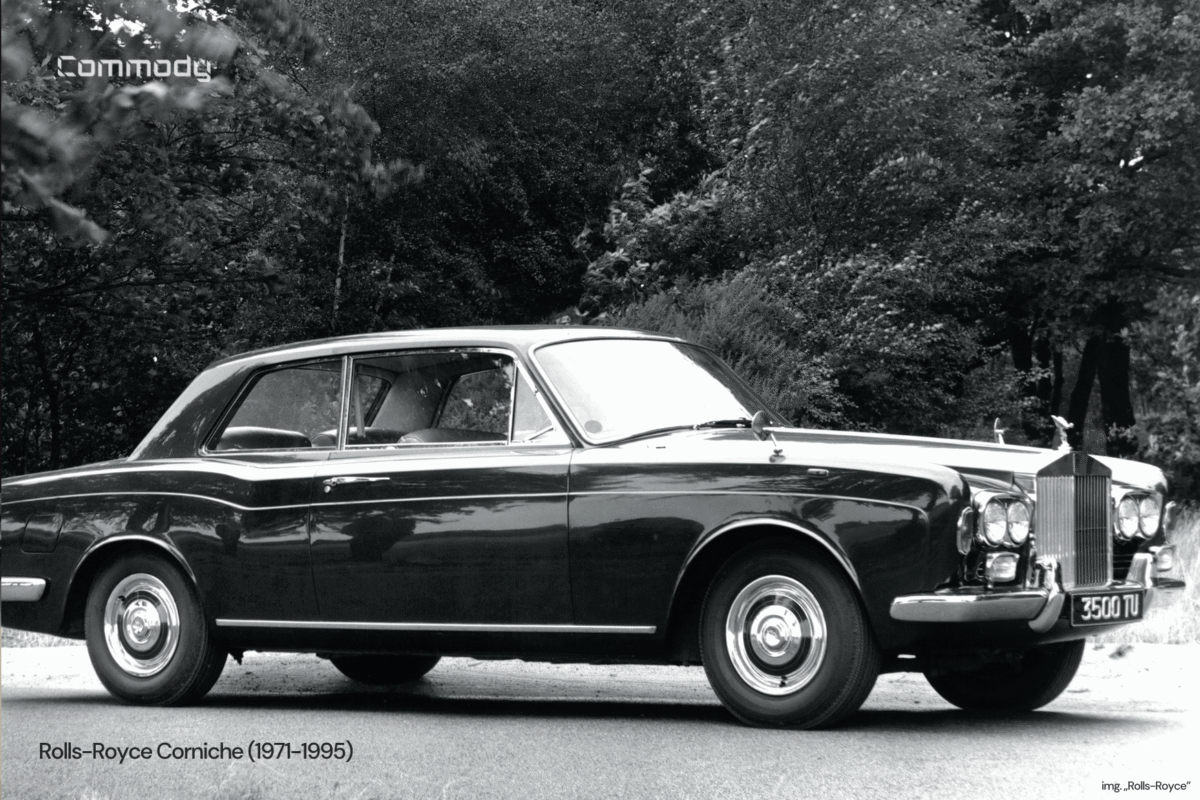
Does James May Drive His Cars?
A question many enthusiasts ask is whether James May actually drives his collection or keeps them as display pieces. The answer is clear: he drives many of them. He has been seen in his Speciale on both roads and tracks, speaking about servicing and maintenance. He has also used his Teslas and BMW i3s in everyday contexts, often to compare them with traditional cars. His Rolls-Royces and Bentleys are driven too, though more sparingly, and the beach buggy, while restored, rarely ventures into the terrain it was built for.
For May, cars are meant to be used. He treats them carefully, but he does not lock them away purely as investments. This is part of what makes his collection so engaging to enthusiasts. It is a working garage, not a museum.
What the Collection Says About Collecting
Looking at this garage, one thing becomes clear: collecting does not have to mean chasing only Ferraris, Porsches, or the hottest hypercars. May’s choices show that a collection can be eclectic. It can mix prestige and everyday cars, the old and the futuristic. The lesson for collectors is that a meaningful collection starts with a personal connection to cars, not with what the market declares as valuable. A Fiat Panda can be as important to a collection as a Ferrari Speciale, if it carries a story, a memory, or a unique perspective.
At the same time, May’s garage is not a textbook example of investment-style collecting. There is no clear theme or strategy that would maximize financial growth. It is less about curating value and more about curating stories. This makes his garage charming and human, but it also shows the limits of such an approach if one looks at collecting purely as an investment.
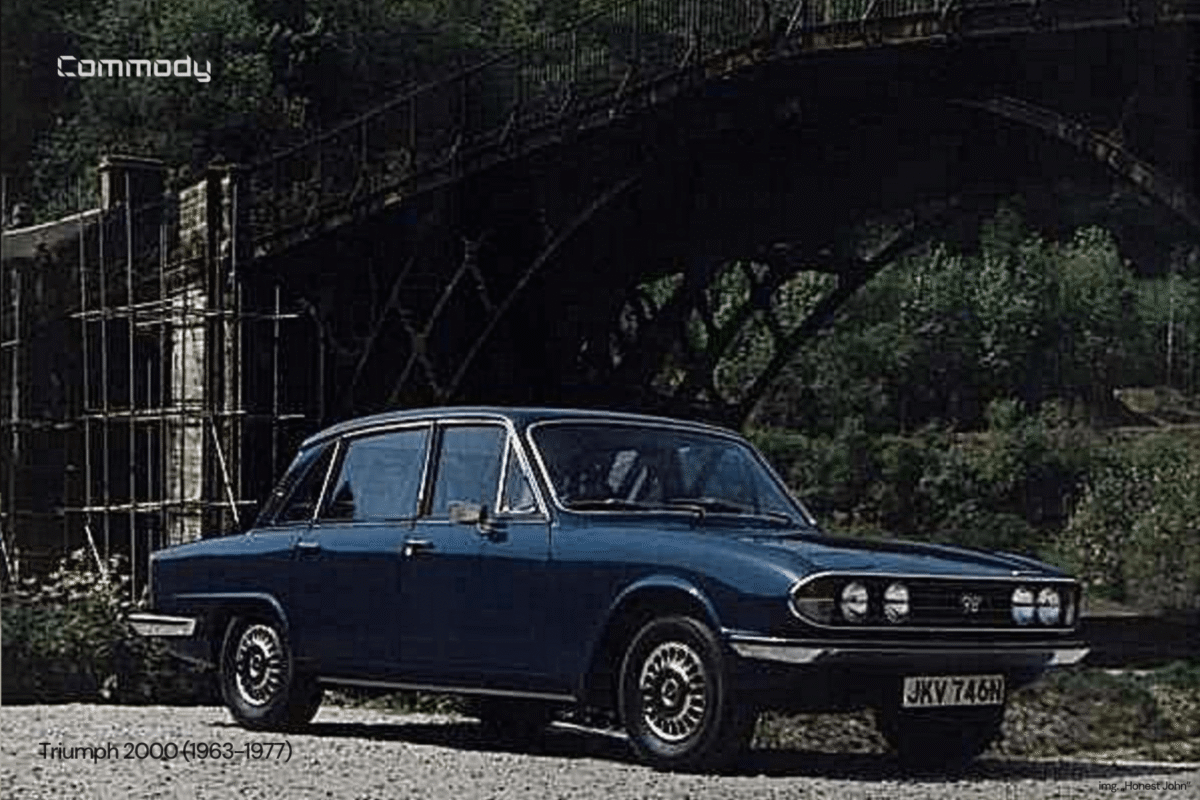
A collection that offers more than supercars and financial returns
James May’s car collection is more than a list of vehicles. It is a portrait of what collecting can be: curious, authentic, and a little eccentric. From Ferraris to Fiats, from Rolls-Royces to Saabs, his choices show breadth and humility. His garage may not be the largest or most valuable, but it is one of the most unique. For car collectors and enthusiasts, it serves as a reminder that the true value of a collection is not just in money, but in character, history, and the stories cars tell.
